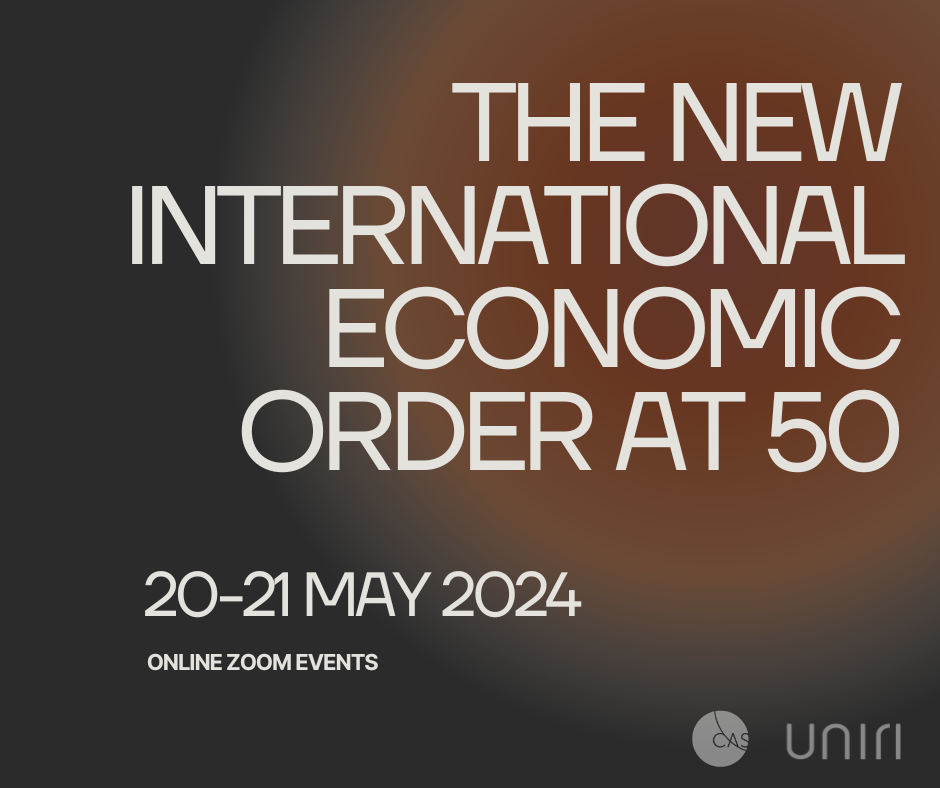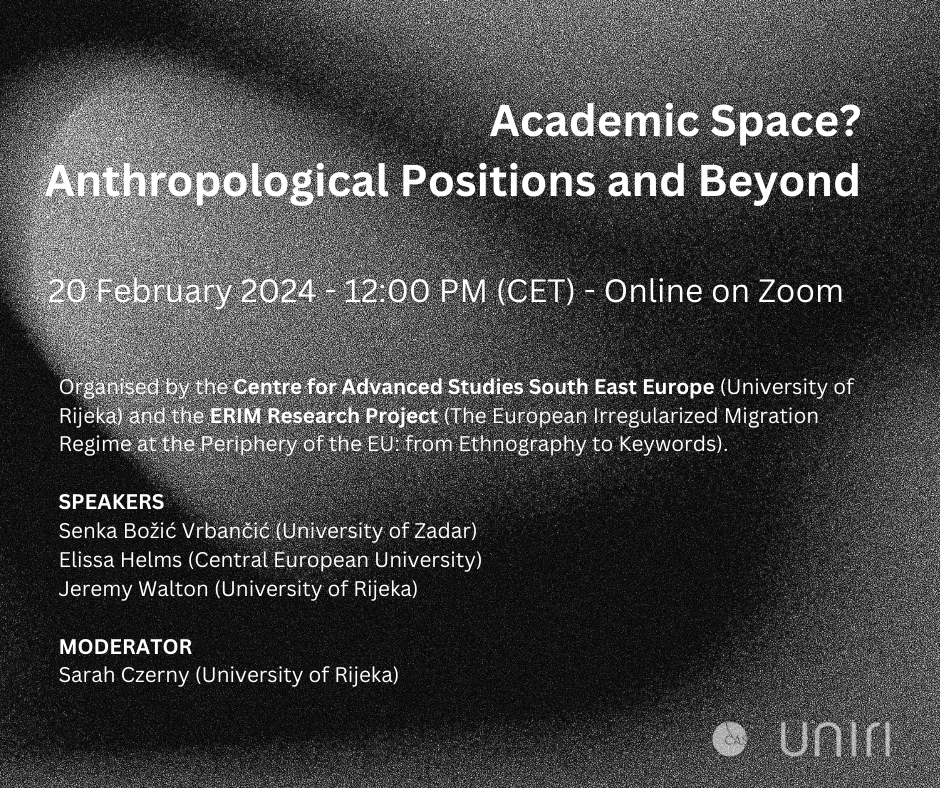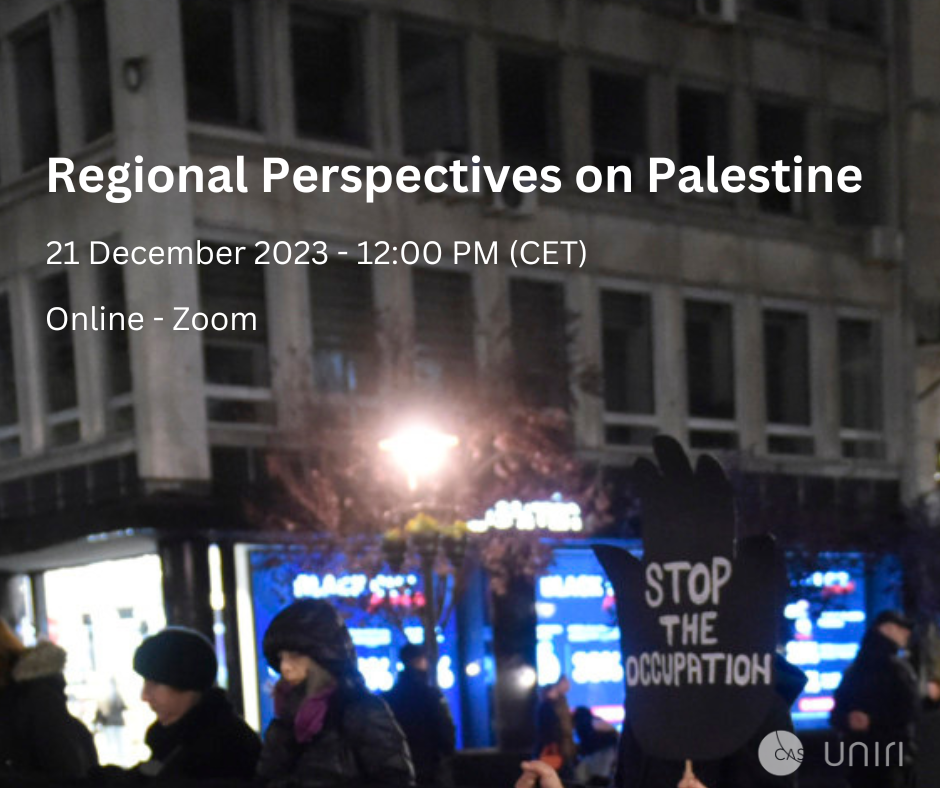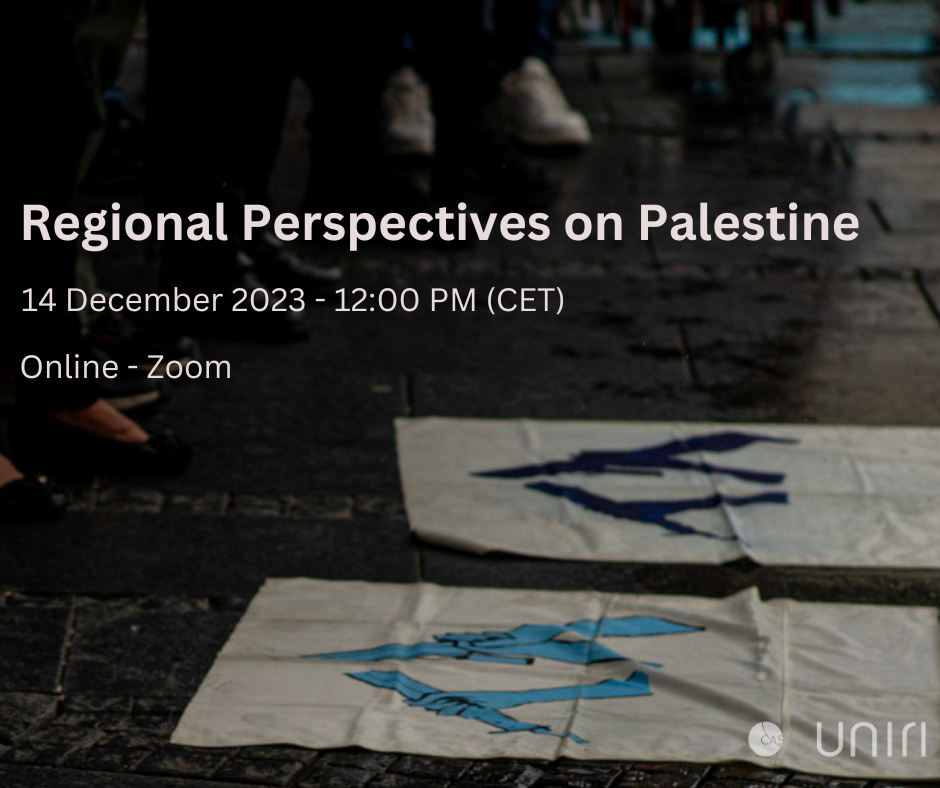Notation, Algorithm, Criticism: Towards a Critical Epistemology of Architecture
Home- Notation, Algorithm, Criticism: Towards a Critical Epistemology of Architecture
Venue and date: IUC, Dubrovnik, September 17-22, 2018
Course description:
In modernity, there is no place for architecture without critical reflection, just as modern culture without cultural criticism is no better than the barbarism it has replaced (Schnädelbach). Critique is necessary of any activity, be it artistic, political, or scientific. In 1976, it was the „crisis of utopia” that laid the foundation for the late Manfredo Tafuri’s “ideological criticism”. By contrast, the philosopher and politician Massimo Cacciari maintained that crisis “must be produced”, thus proclaiming that any intellectual position that does not posit itself as productive in regard to crisis is reactionary.
Admittedly, we look back today with a certain nostalgia on a critical theory of architecture as it emerged in the 1960s — the heyday of critical thought in sociology and philosophy. Architects such as Peter Eisenman, Frank Gehry, and Bernhard Tschumi along with philosophers such as Theodor Adorno, Jacques Derrida, Gianni Vattimo, and Fredric Jameson were among the pioneers of critical discourse in architecture. Each had their own specific critical agenda, with some of them more inclined toward subversive methods that aimed at undermining architecture as the last stronghold of metaphysics. In architecture, critical theory always coincides with critical practice.
Since then, criticism has been absorbed and utilized by the very same institutions that it had helped to create. It can hardly be overlooked that in digital consumer societies, criticism has become a powerful economic agent. “The task of criticism has, in fact, changed,” Tafuri wrote in the introduction to his seminal book Theories and History of Architecture, published in 1976. But even more has changed with the advent of digital media technology. In unprecedented ways, today’s media technologies interfere with the practice of knowledge and change them according to their own – digital – agenda. Cacciari’s plea for crisis as a driving force for the production of knowledge has turned into a common cultural practice.
Course Directors:
Prof. Snjezana Prijic-Samarzija (University of Rijeka)
Prof. Joerg Gleiter (Technical University of Berlin)
Prof. Petar Bojanic (University of Belgrade/University of Rijeka)
Prof. Giovanni Durbiano (Politecnico di Torino)
Prof. Alessandro Armando (Politecnico di Torino)
Lecturers:
Prof. Snjezana Prijic-Samarzija (University of Rijeka); Prof. Joerg Gleiter (Technical University of Berlin); Prof. Petar Bojanic (University of Belgrade/University of Rijeka); Prof. Sanja Bojanic (University of Rijeka); Prof. Alessandro Armando (Politecnico di Torino); Dr. Lidia Gasperoni (Technical University of Berlin); Dr. Christoph Engemann (Bauhaus-Universität Weimar)
The seminar addressed the concept of critique in architecture from a historic as well as contemporary perspective.
It investigated core concepts such as critique and practice, authorship and agency, history and documentation, concept and diagram, as well as idea and project. What are the possibilities of critical practice today in the age of digital transparency? What are the cultural, aesthetic, and social implications of the current transition from 2-D design processes to 3-D modeling (BIM)? Is this shift to digital media technology of equal importance as Alberti’s 15th century shift to notation? The transfer of ideas into drawings onto paper first opened up architecture to the creative and intellectual play of representation, and allowed for references to architectural history and its philosophical ideas. Architectural practice turned into a critical practice when it separated thinking about architecture from building architecture. The potential of graphic notation transformed architecture into a modern, ambivalent, contradictory, and critical cultural practice equal to literature and philosophy. At times, it seems as if media technology hollows out architecture’s critical consciousness and returns it to a simple practice of mere physical and material presence.
Watch Video
UNIRI The Moise Palace: Cres Island
An education center of the University of Rijeka is five-hundred-year-old patrician townhouse and the largest Renaissance palace on the Croatian islands. A venue and forum for various scientific and research activities, it welcomes visiting academics, students
News
CAS SEE latest posts
11 March 2022 CAS SEE Seminars with Guests: Lisa Marie Huffert CAS SEE Seminars with Guests: Lisa Marie Huffert Home CAS SEE Seminars with Guests: Lisa Marie Huffert… Read More
11 March 2022 UNIRI for the Cres Community – Darija Zmak Kunić UNIRI for the Cres Community – Darija Zmak Kunić Home UNIRI for the Cres Community – Darija Zmak Kunić… Read More
17 March 2022 The Project of Theory Read More





